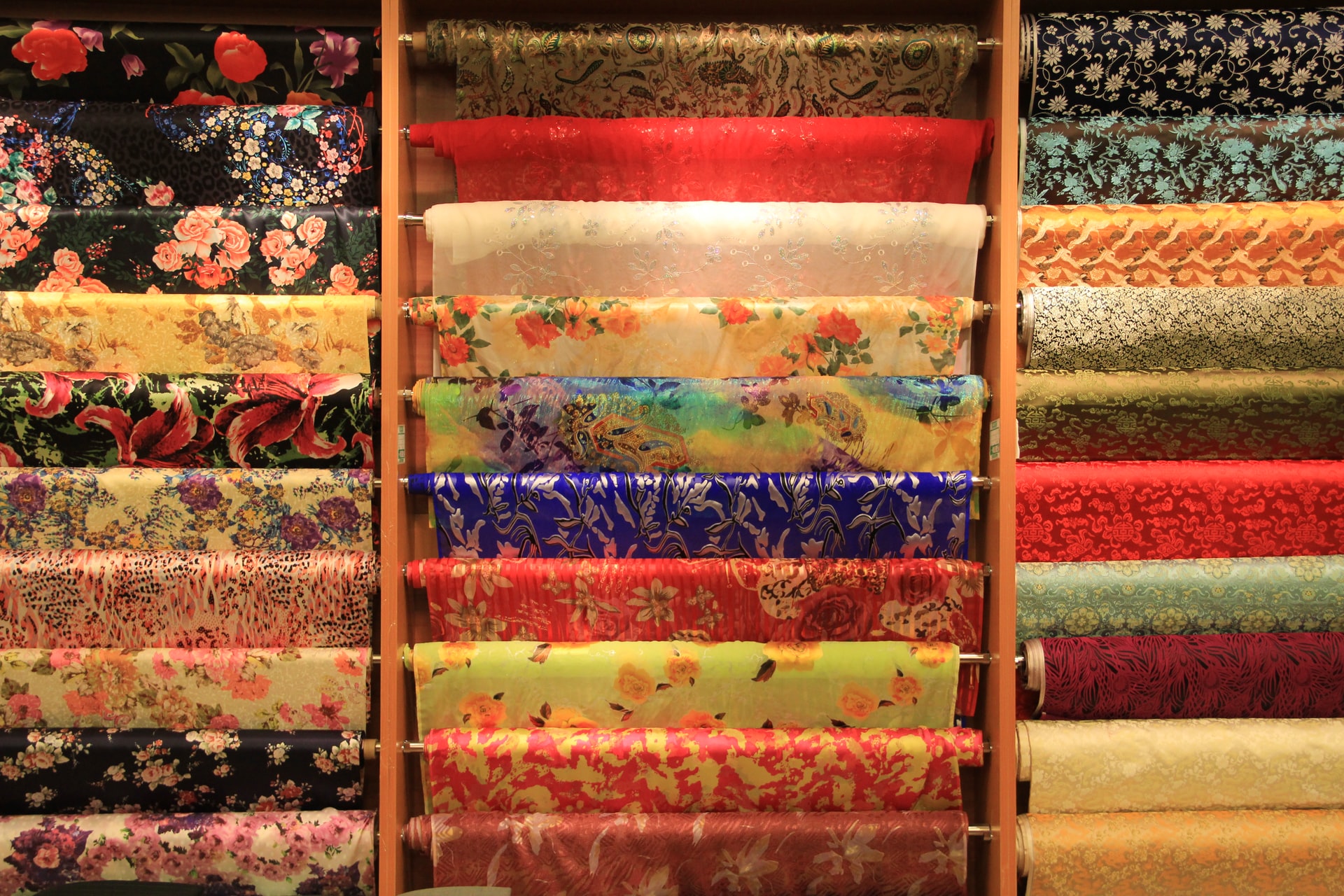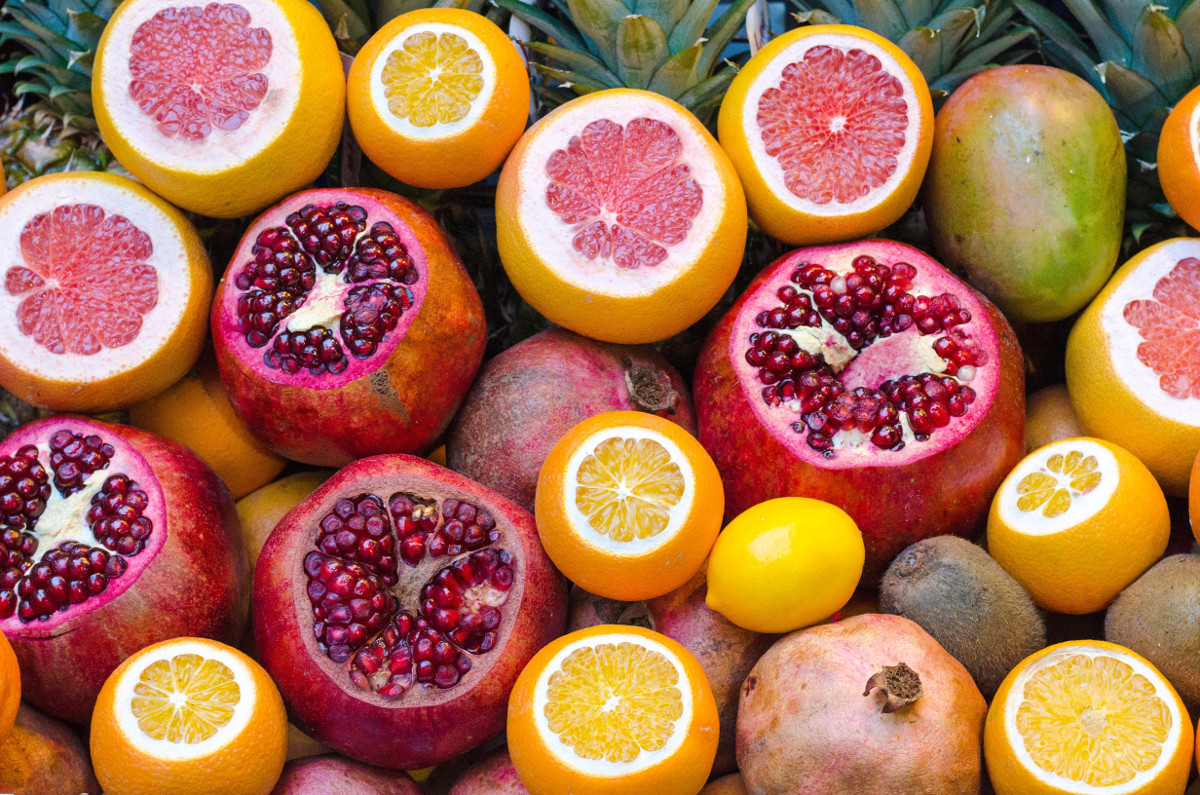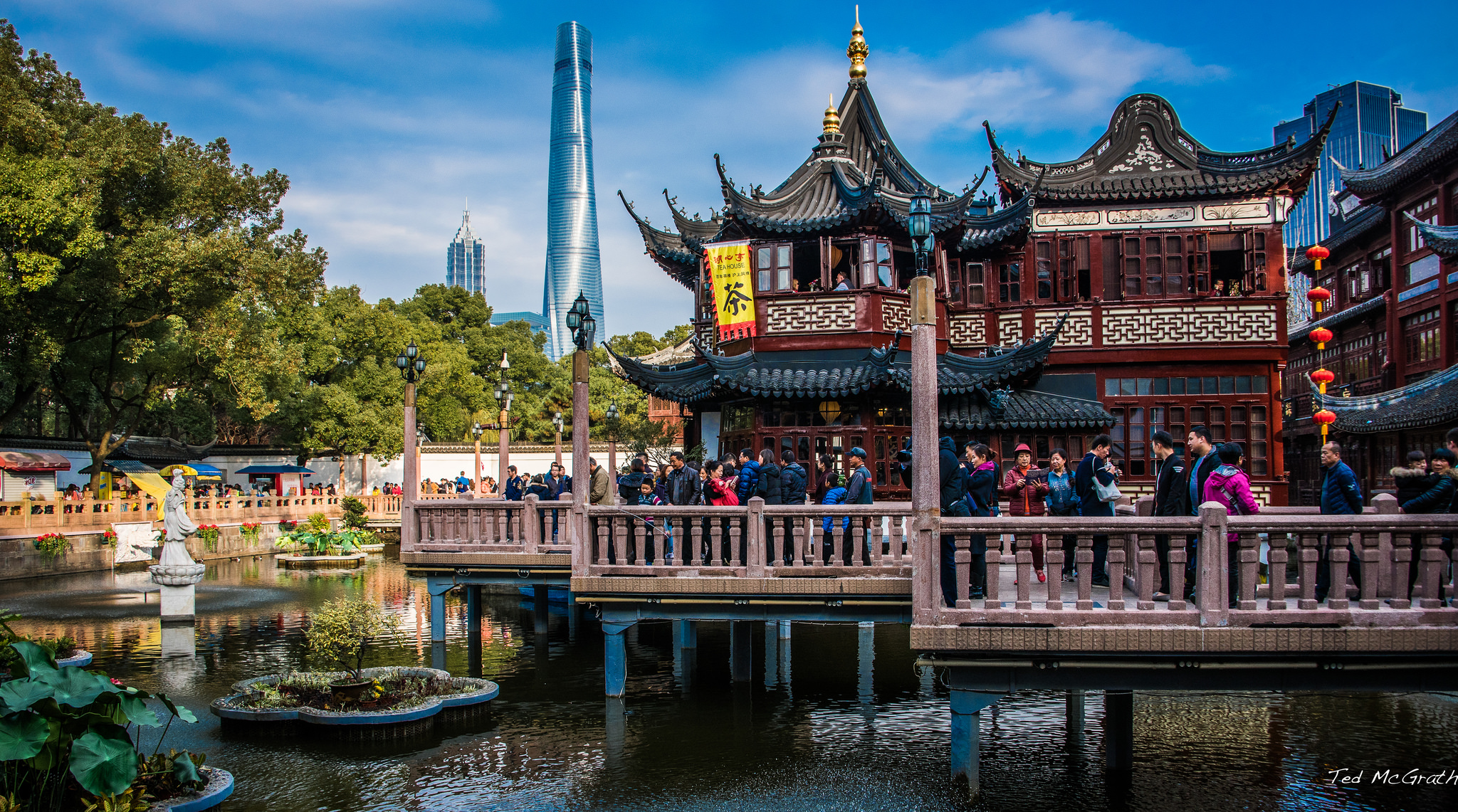Why Silk Isn’t Vegan
When it comes to veganism, there are many reasons why one can be vegan. You can be vegan for health reasons, environmental reasons, for the animals, or a combination of all of those. However, while one might consider the suffering of land mammals to be an honest reason to stop eating meat, why do many vegans refuse to wear silk?
What Is Silk?
Silk, for those who do not know, is fabric made from the woven cocoons of silkworms or other thread-weaving insects. Similar to spider webs, but softer and more durable, these very thin threads are often collected, and weaved together to make a thread. This thread is often used to make clothing for the very wealthy in third world countries. Other threads by other insects can also be used, but many of them are harder to obtain, or does not have good enough quality.
How is Silk Made?
The creation of Silk is a very tedious and time consuming process, and can only take place one Silk worms (or any similar bug that makes threads of fibre) go into their cocoon phase. These cocoons consist of a single thread that can stretch up to 3,000 when unravelled, so it is not shocking that sooner or later, we would find a use for these.
While Silkworms do eat their way out of their cocoons, by doing this they damage the fibres and shorten the length of the filaments. This also lower the value of the end product, so in order to get the silk at its best, you have to make sure the silk worms cannot chew their way out.
How do they accomplish this? By killing the silkworms en masse. They do this within days or weeks of the cocoon being made, and is often done by boiling them alive or by baking them alive. The cocoon is then soaked in water to make it easier to unravel and collect the threads, and the now dead silkworm is either tossed out or eaten.
There is also something called Silkworm Gut, which is what happens when you kill a silkworm right before they start making their cocoon. You then extract the glands, and stretch the silk that is inside, which is often more like plastic, and is used for fly fishing lines.
Why Is It Unethical?
Almost 1 trillion silkworms are killed each year to create a fabric that accounts for less than 0.2% of the total fabric market. That equates to about 15 silkworms per gram of silk. That is quite a lot of worms to be massacred just to make a feel of fabric that not only is not necessary, but can easily be replicated with synthetic materials.
Most vegans understand that honey and cricket flour are not vegan due to the rules surrounding veganism, but many are not too keen to compare the suffering of farmed animals to the potential suffering of insects. That is where the anti-silk argument comes into play.
Insects do not feel pain the same way you, I, your cat, or the pig at the factory farm does. In fact, for many insects, it is hard to determine if they feel pain at all, while others it is certainly a gray area. There is, however, evidence that Silkworms feel Nociception, or the immediate and instinctual drawback from a negative stimuli, such as flinching away from a hot stove.
Even if silkworms don’t feel pain, it can be argued that collecting silk by killing the worms is still unethical. First, we need to look at the definition of veganism as defined by the The Vegan Society:
“Veganism is a way of living which seeks to exclude, as far as is possible and practicable, all forms of exploitation of, and cruelty to, animals for food, clothing or any other purpose.”
The main point we should get from this definition is the phrase “all forms of exploitation of.” When they kill the worm for something that is not necessary, just to benefit them temporarily, they are exploiting the insect for their resources. They are living being with instincts and desires, and are killed for no legitimate reason.
What Are Good Alternatives For Silk?
There was once an alternative for silk called Peace Silk, which is claimed to be made from the empty cocoons of wild silkworms. While this in question is a idealised method of ethical silk, we cannot be sure of how the ethical silk farmers conduct business, and should be wary of any claims of “humane” animal products, especially if it’s a company that makes a profit off the claim.
Many people enjoy the smooth and soft feel of silk, as well as the reflective look of the silk on a dress or a bed-sheet. However, there are plenty of synthetic and plant-based alternatives to this material, including Nylon, Milkweed, and Lyocell. These materials still have the same look and feel of silk, just without all of the unnecessary killing.
Since silk is a product of exploitation, and is not needed as it is used primarily for luxury items, it is best to avoid it when possible. There are many alternatives for silk that are synthetic and plant-based. So as a vegan, whether or not silk worms experience pain should not be an issue, as unnecessary death and exploitation is still wrong regardless. Choose a plant-based alternative, or just go without. Make the more ethical choice.





Hello there! Delighted by the details—it’s fantastic. In fact, the mood brings a cool touch to the overall vibe. Well done!
https://housepainters.s3.amazonaws.com/Faux-Finishes-in-the-Golden-Isles-DD-Decorators-876036.html
Get +200 points for free using the promo code Nodepay AI: nodepay ai code. Install extensions and farm points for free in your browser. Complete tasks and get additional points.
Get +200 points for free using the promo code Nodepay AI: nodepay referral code. Install extensions and farm points for free in your browser. Complete tasks and get additional points.
MetaMask Extension provides the best DeFi experience. I trust it for secure token swaps and seamless smart contract interactions.
MetaMask Extension is a lifesaver. I use it to manage my Ethereum-based assets safely, and it integrates seamlessly with DeFi platforms.
What’s up, always i used to check blog posts here early in the dawn, for the reason that i like to find out more and more.
http://mdm.capital/doglyad-za-sklo-far-unikayte-podryapin-ta-potuskinnya
Pretty! This was an extremely wonderful post. Thanks for supplying this info.
https://news-trading.com/info/money-for-posts
additional reading coinbase login
This excellent website certainly has all the info I needed about this subject and didn’t know who to ask.
https://guidegen.com/
prodache.ru
vulcan casino
Equilibrado dinámico portátil:
Reparación ágil sin desensamblar
Imagina esto: tu rotor comienza a vibrar, y cada minuto de inactividad cuesta dinero. ¿Desmontar la máquina y esperar días por un taller? Descartado. Con un equipo de equilibrado portátil, resuelves sobre el terreno en horas, preservando su ubicación.
¿Por qué un equilibrador móvil es como un “herramienta crítica” para máquinas rotativas?
Fácil de transportar y altamente funcional, este dispositivo es el recurso básico en cualquier intervención. Con un poco de práctica, puedes:
✅ Prevenir averías mayores al detectar desbalances.
✅ Reducir interrupciones no planificadas.
✅ Trabajar en lugares remotos, desde plataformas petroleras hasta plantas eólicas.
¿Cuándo es ideal el equilibrado rápido?
Siempre que puedas:
– Acceder al rotor (eje, ventilador, turbina, etc.).
– Colocar sensores sin interferencias.
– Modificar la distribución de masa (agregar o quitar contrapesos).
Casos típicos donde conviene usarlo:
La máquina rueda más de lo normal o emite sonidos extraños.
No hay tiempo para desmontajes (proceso vital).
El equipo es de alto valor o esencial en la línea de producción.
Trabajas en zonas remotas sin infraestructura técnica.
Ventajas clave vs. llamar a un técnico
| Equipo portátil | Servicio externo |
|—————-|——————|
| ✔ Rápida intervención (sin demoras) | ❌ Demoras por agenda y logística |
| ✔ Monitoreo preventivo (evitas fallas mayores) | ❌ Solo se recurre ante fallos graves |
| ✔ Ahorro a largo plazo (menos desgaste y reparaciones) | ❌ Gastos periódicos por externalización |
¿Qué máquinas se pueden equilibrar?
Cualquier sistema rotativo, como:
– Turbinas de vapor/gas
– Motores industriales
– Ventiladores de alta potencia
– Molinos y trituradoras
– Hélices navales
– Bombas centrífugas
Requisito clave: espacio para instalar sensores y realizar ajustes.
Tecnología que simplifica el proceso
Los equipos modernos incluyen:
Software fácil de usar (con instrucciones visuales y automatizadas).
Diagnóstico instantáneo (visualización precisa de datos).
Batería de larga duración (perfecto para zonas remotas).
Ejemplo práctico:
Un molino en una mina comenzó a vibrar peligrosamente. Con un equipo portátil, el técnico localizó el error rápidamente. Lo corrigió añadiendo contrapesos y ahorró jornadas de inactividad.
¿Por qué esta versión es más efectiva?
– Estructura más dinámica: Formato claro ayuda a captar ideas clave.
– Enfoque práctico: Se añaden ejemplos reales y comparaciones concretas.
– Lenguaje persuasivo: Frases como “recurso vital” o “minimizas riesgos importantes” refuerzan el valor del servicio.
– Detalles técnicos útiles: Se especifican requisitos y tecnologías modernas.
¿Necesitas ajustar el tono (más técnico) o añadir keywords específicas? ¡Aquí estoy para ayudarte! ️
I enjoy, lead to I discovered exactly what I was having a look for. You have ended my 4 day lengthy hunt! God Bless you man. Have a great day. Bye
https://ital-parts.com.ua/gde-kupit-nadezhnyy-shoker-dlya-samooborony-luchshie-magaziny-shokeru-com-ua
parimatch withdrawal parimatch withdrawal .
ai therapist app https://www.ai-therapist1.com .
1win комиссия на вывод https://1win22093.ru .
sda steam
videochat
купить диплом вуза http://www.arus-diplom8.ru/ .
i was reading this https://machfi.cc/
Asthma medication management apps
Thanks for the article. Here’s more on the topic https://yarus-kkt.ru/